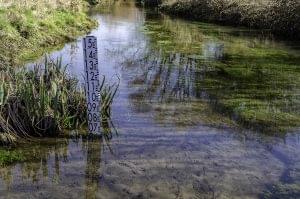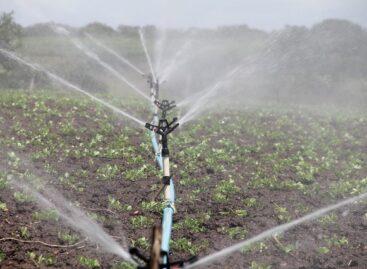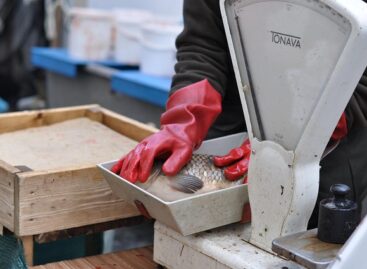We will not be freed from the grip of the drought for at least another quarter year
Some parts of drought-stricken Europe can look forward to a warmer, drier period than usual for another three months, the European Union noted in its report on Wednesday.

The after-effects of the drought will still be felt for months (Photo: Pixabay)
According to an August report by the EU’s satellite Earth observation program Copernicus, warmer and drier than usual weather conditions have caused a drought in Europe, resulting in forest fires, river water levels dropping or drying up, and the destruction of a significant portion of agricultural crops. – We can probably expect warmer and drier weather than usual in the western Mediterranean region, namely in Spain and Portugal, in the coming months as well, until November. – they said.
More and more heat waves are expected in the future
As it was written, a drought alert was issued in almost half of the member states of the European Union – Belgium, France, Germany, Hungary, Ireland, Italy, Luxembourg, the Netherlands, Portugal, Romania and Spain. But outside the EU, the risk of drought is also significant in Great Britain, Serbia, Ukraine and Moldova. The report highlighted that the temperature exceeded 40 degrees Celsius in France, 45 degrees Celsius in Spain and 46 degrees Celsius in Portugal. – With the general warming of the climate, Europe will face increasingly frequent and intense heat waves. – they warned.
Crop yields really show the impact of drought
The report also reported that the lack of rainfall since May and the drought caused by a series of heat waves also severely affected the energy sector, depriving hydropower plants of their primary source of energy and other power plants of the necessary coolant. The lack of water and the heat also reduced crop yields in Europe, the extreme heat mostly damaged the corn, soybean and sunflower crops. The recent rains in August helped in some regions, but damaged crops in others. The drought caused losses of several billion euros to the farmers, they wrote. According to experts, this year could be the continent’s worst drought in the last 500 years. Beyond Europe, drought was also reported in East Africa, the western United States and northern Mexico.
Water supply problems led to restrictions
According to a report prepared by the European Commission’s Joint Research Center (JRC) in mid-July, 46 percent of the EU’s territory, mainly the southwestern European regions, is threatened by drought. According to the research center, the drought affected Italy the most. The competent authorities have issued the highest level of drought alert in the Po river basin. Water restrictions have been introduced in five Italian regions. Water supply problems have occurred in more than 100 settlements in France, drinking water is delivered by truck. More than 60 French departments also have the highest level of drought alert. In Spain’s Andalusia and Extremadura regions, water resources are less than a third of what is normal. The water volume of the Spanish reservoirs is 31 percent lower than the ten-year average, while in Portugal it reaches half the average of the previous seven years. Due to the low water level of the Rhine in Germany, industrial companies may have to reduce or completely stop production. The water level of the Danube dropped to one of the lowest levels of the last century, the report said.
MTI
Related news
Ministry of Agriculture: the government is giving priority support to the development of irrigation
🎧 Hallgasd a cikket: Lejátszás Szünet Folytatás Leállítás Nyelv: Auto…
Read more >EU Council approves changes to agricultural rules to boost competitiveness
🎧 Hallgasd a cikket: Lejátszás Szünet Folytatás Leállítás Nyelv: Auto…
Read more >Despite the drought, there will be no shortage of high-quality Hungarian fish
🎧 Hallgasd a cikket: Lejátszás Szünet Folytatás Leállítás Nyelv: Auto…
Read more >Related news
How do young adults celebrate?
🎧 Hallgasd a cikket: Lejátszás Szünet Folytatás Leállítás Nyelv: Auto…
Read more >Vajda-Papír celebrates Ooops!’s 15th anniversary with a hybrid AI campaign
🎧 Hallgasd a cikket: Lejátszás Szünet Folytatás Leállítás Nyelv: Auto…
Read more >Pre-holiday shopping at up to half price
🎧 Hallgasd a cikket: Lejátszás Szünet Folytatás Leállítás Nyelv: Auto…
Read more >






